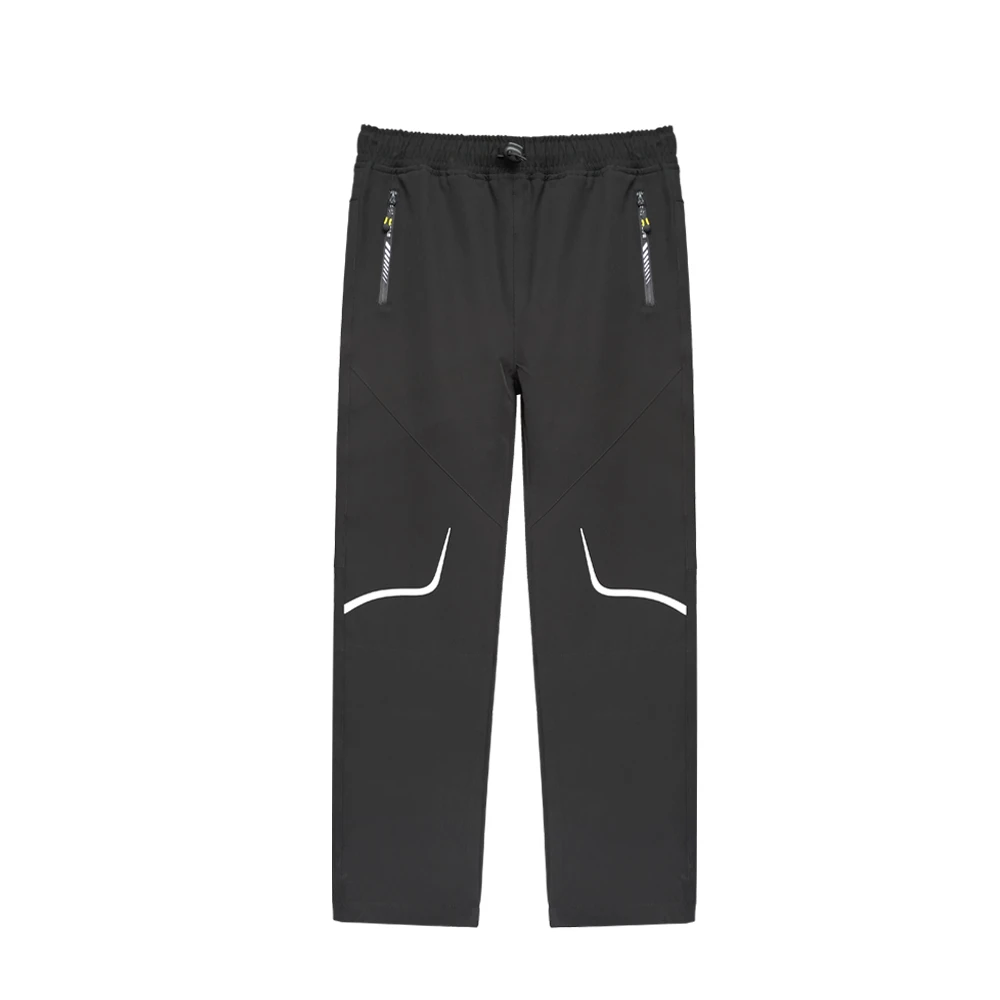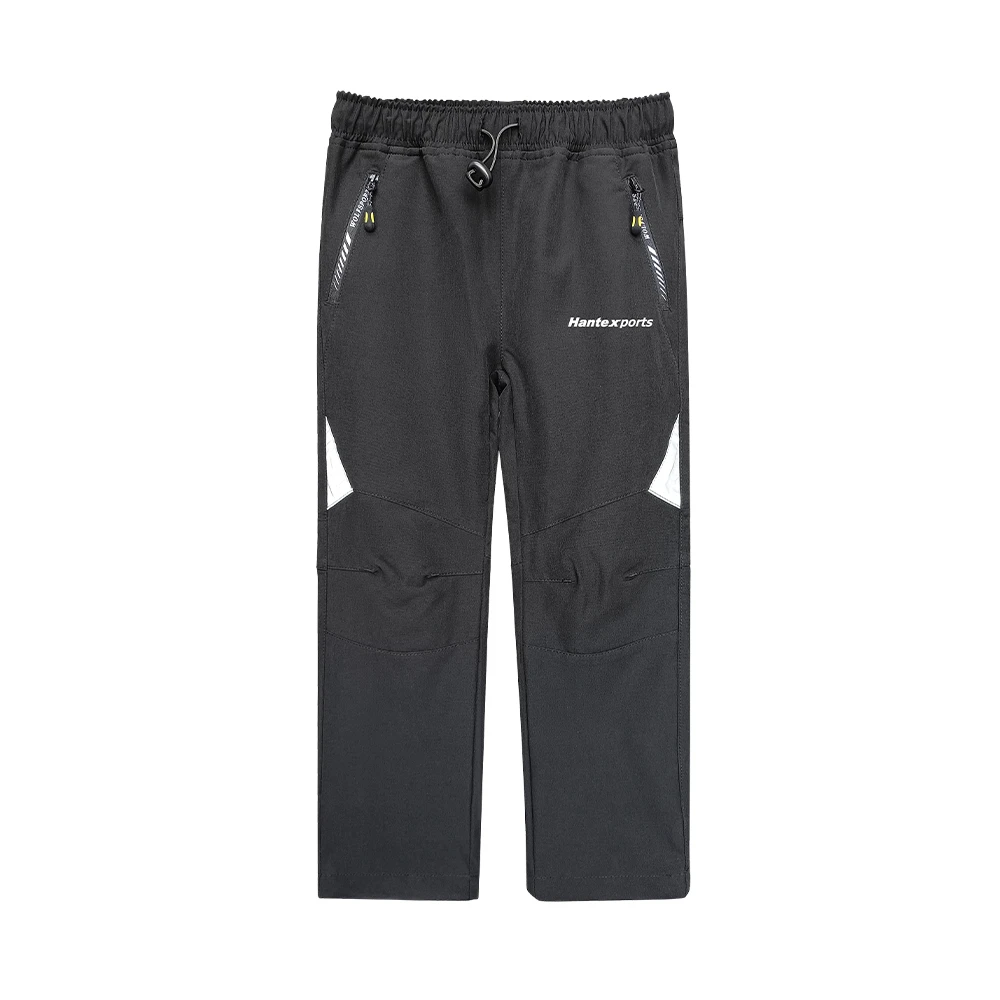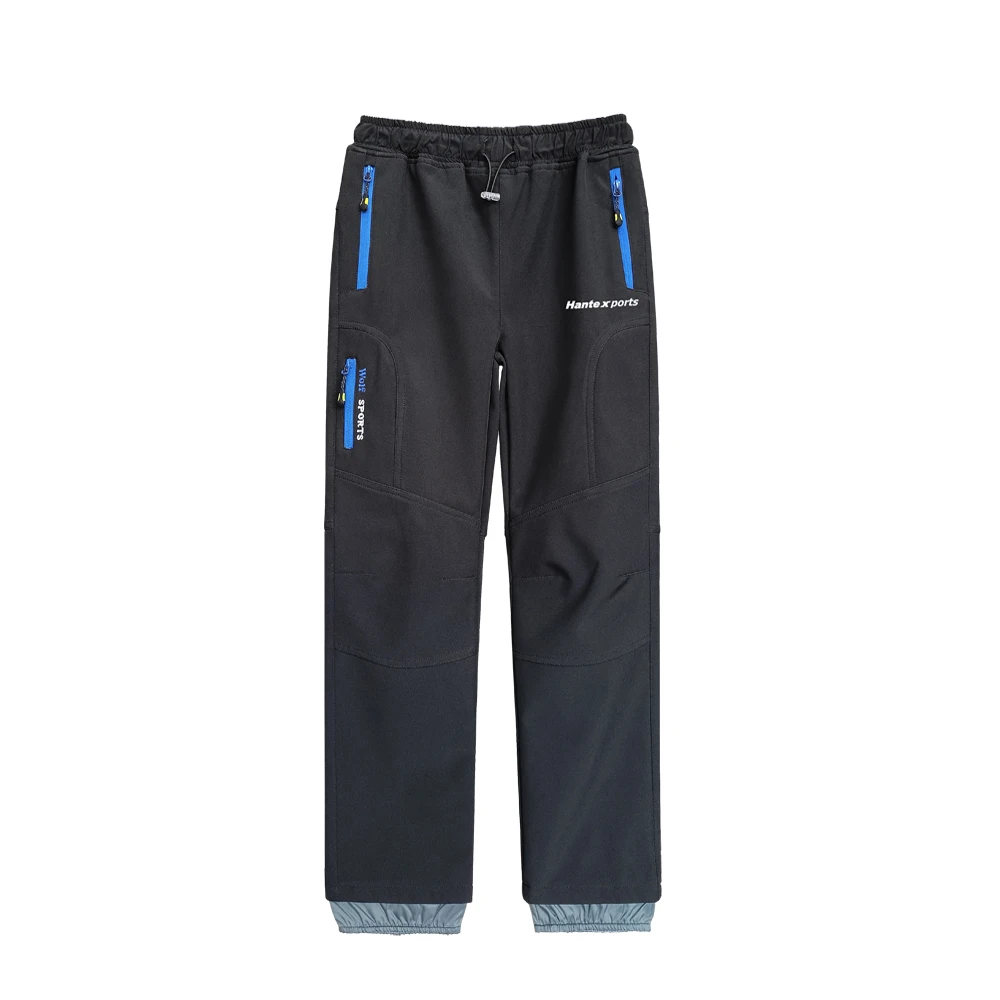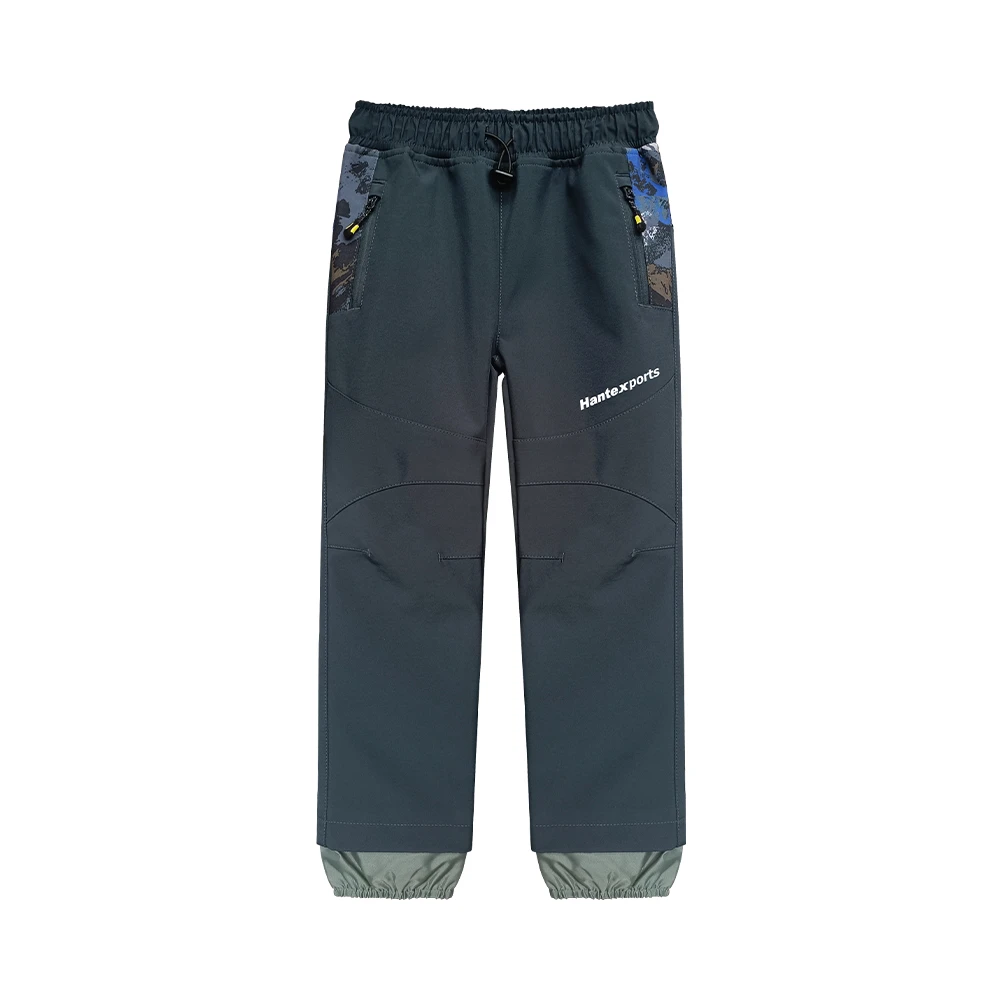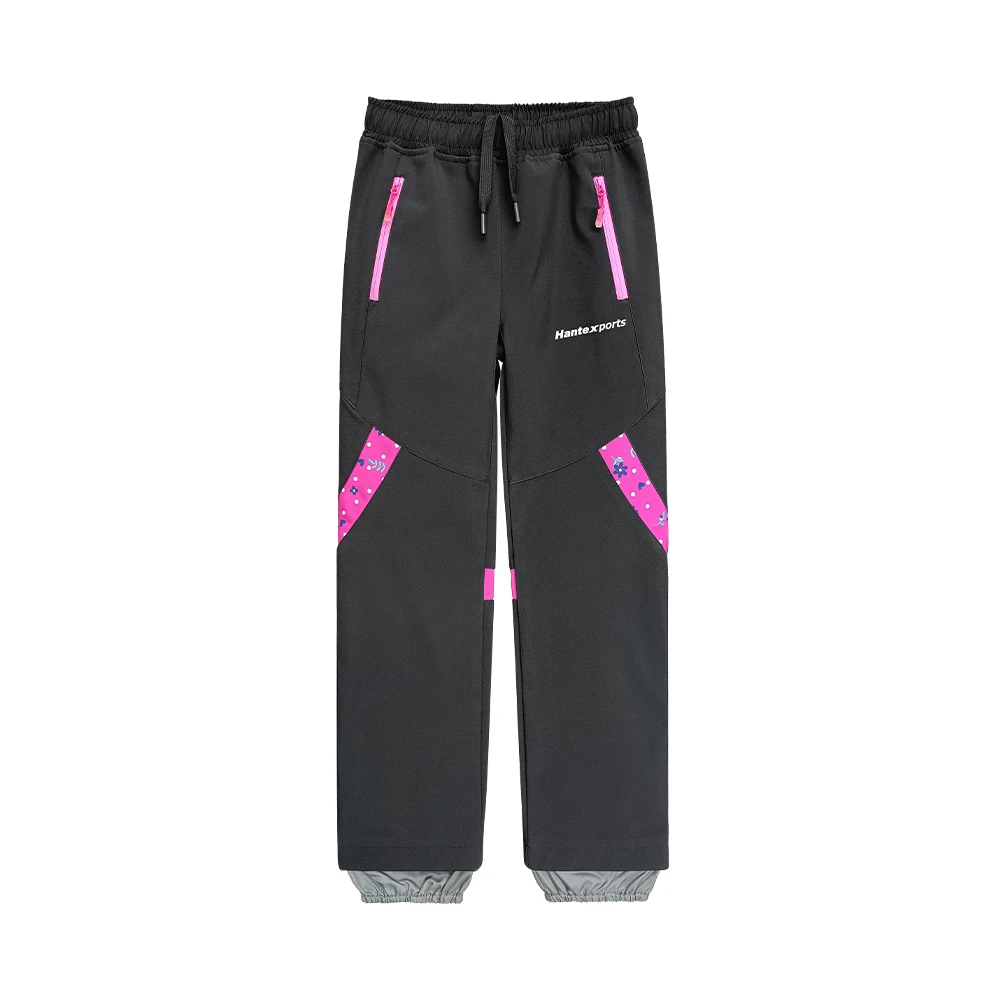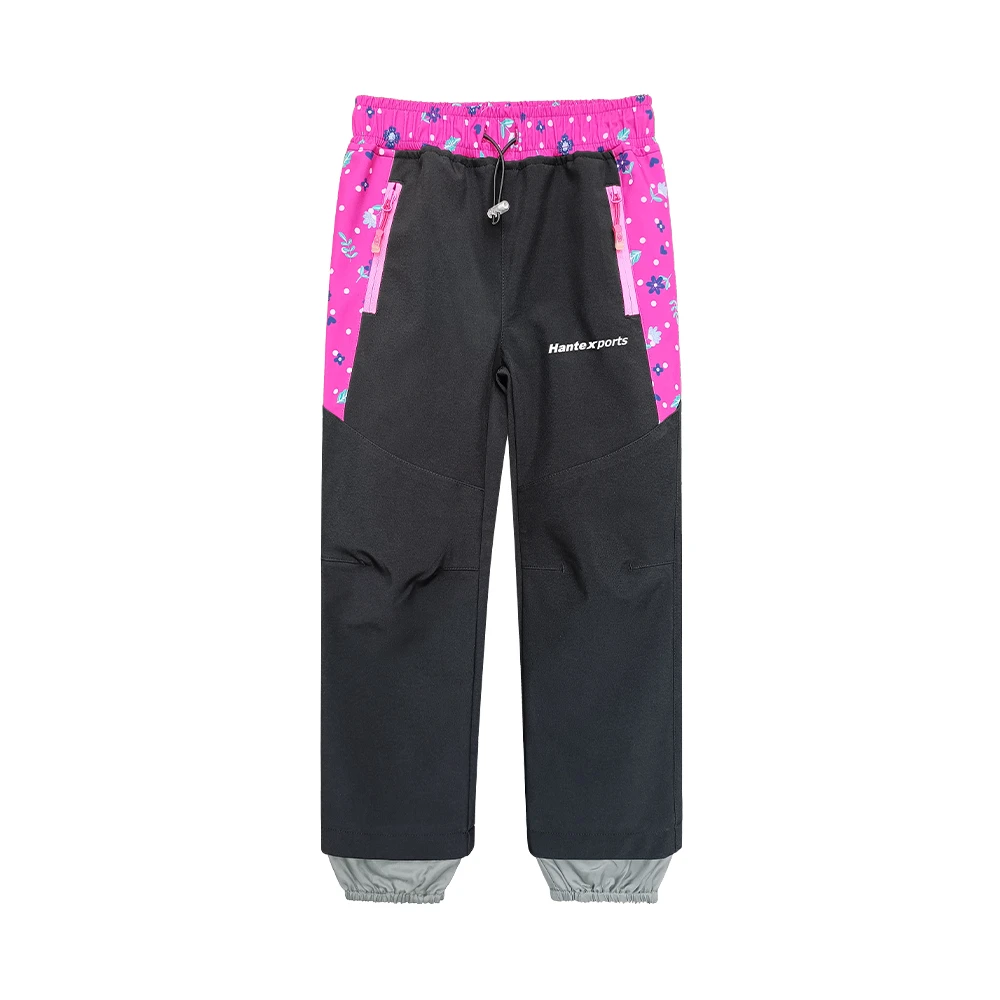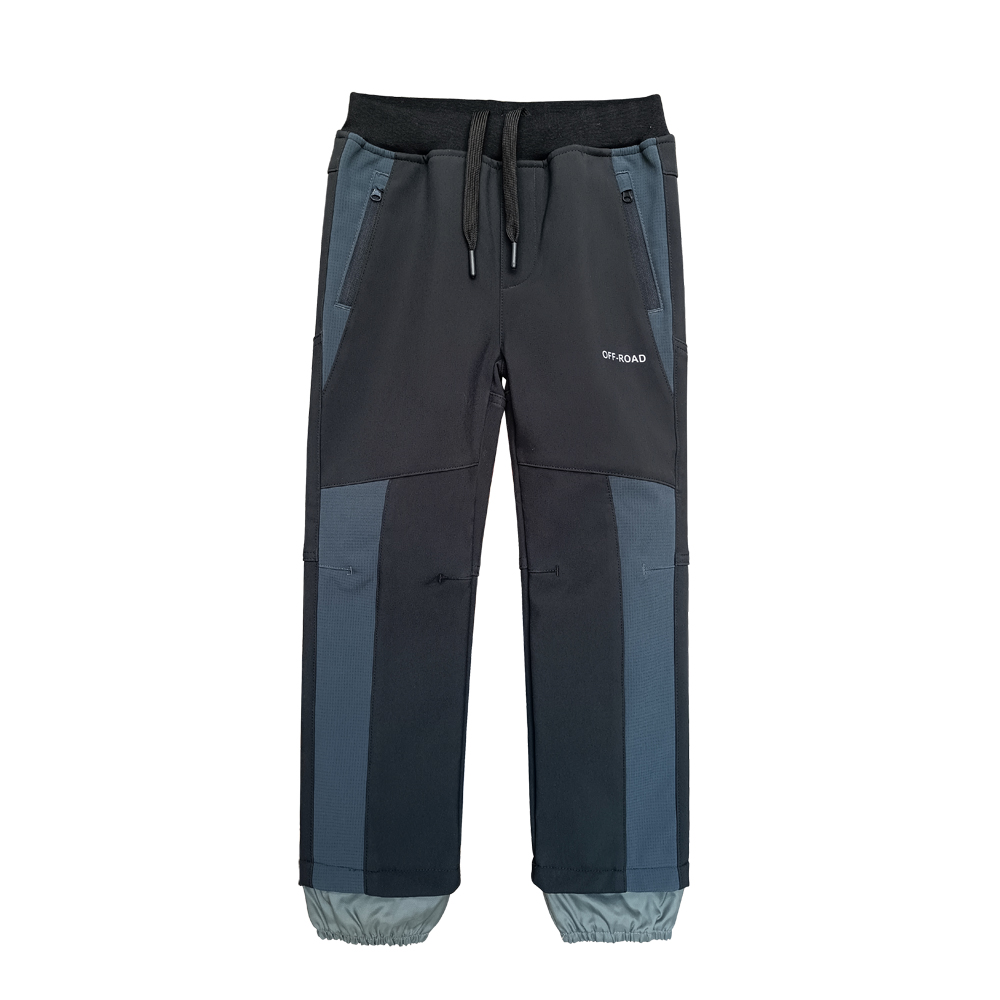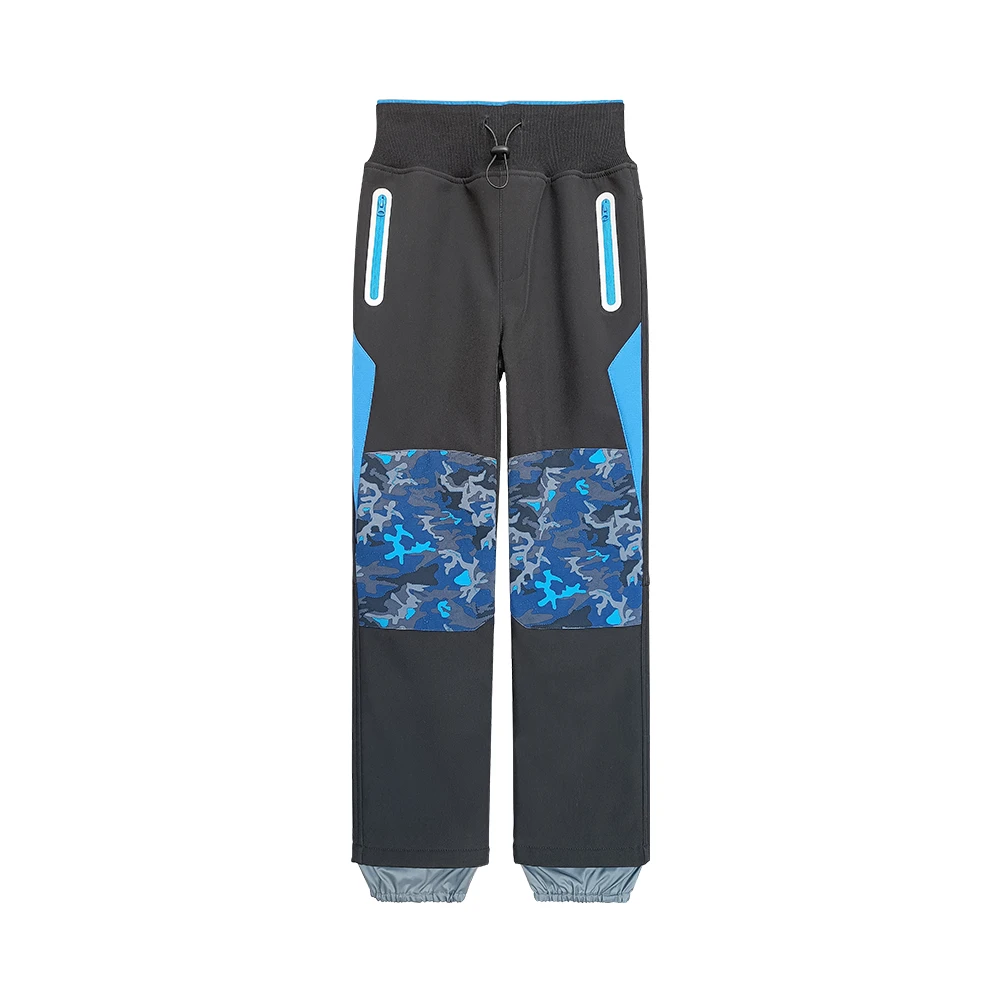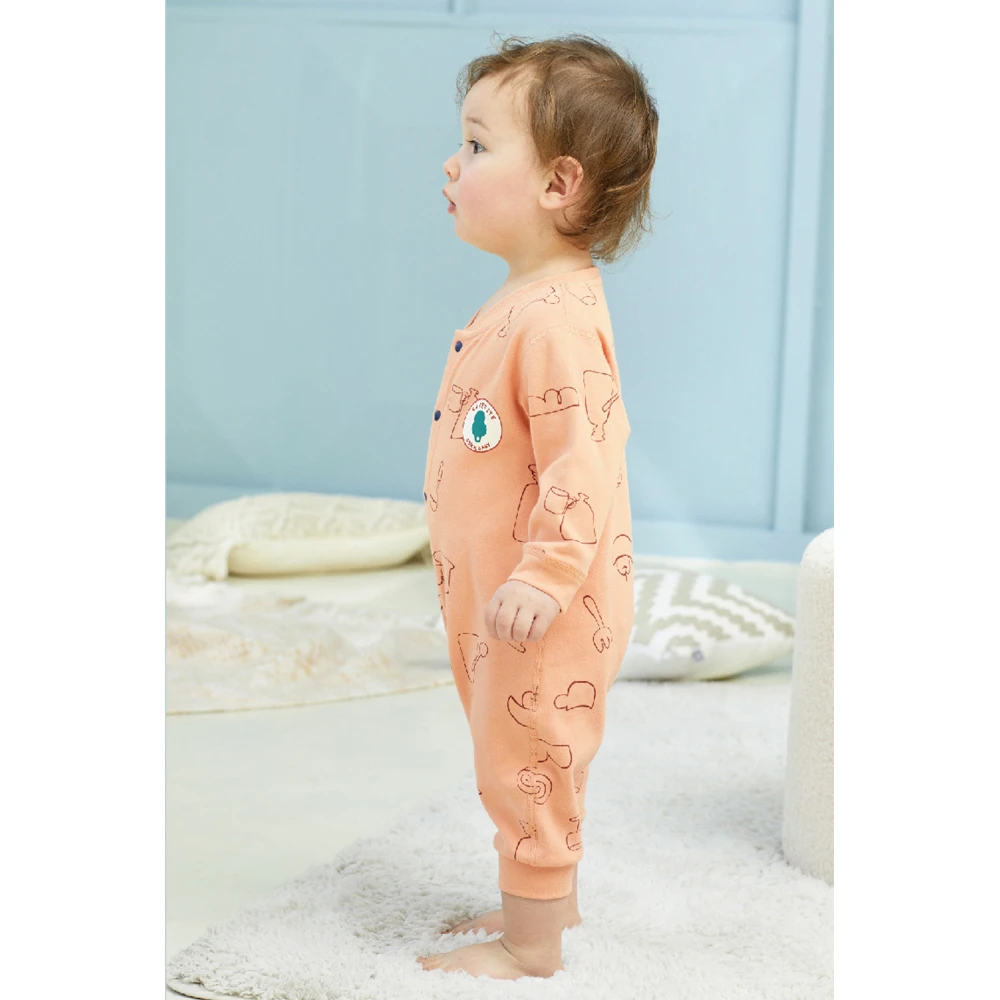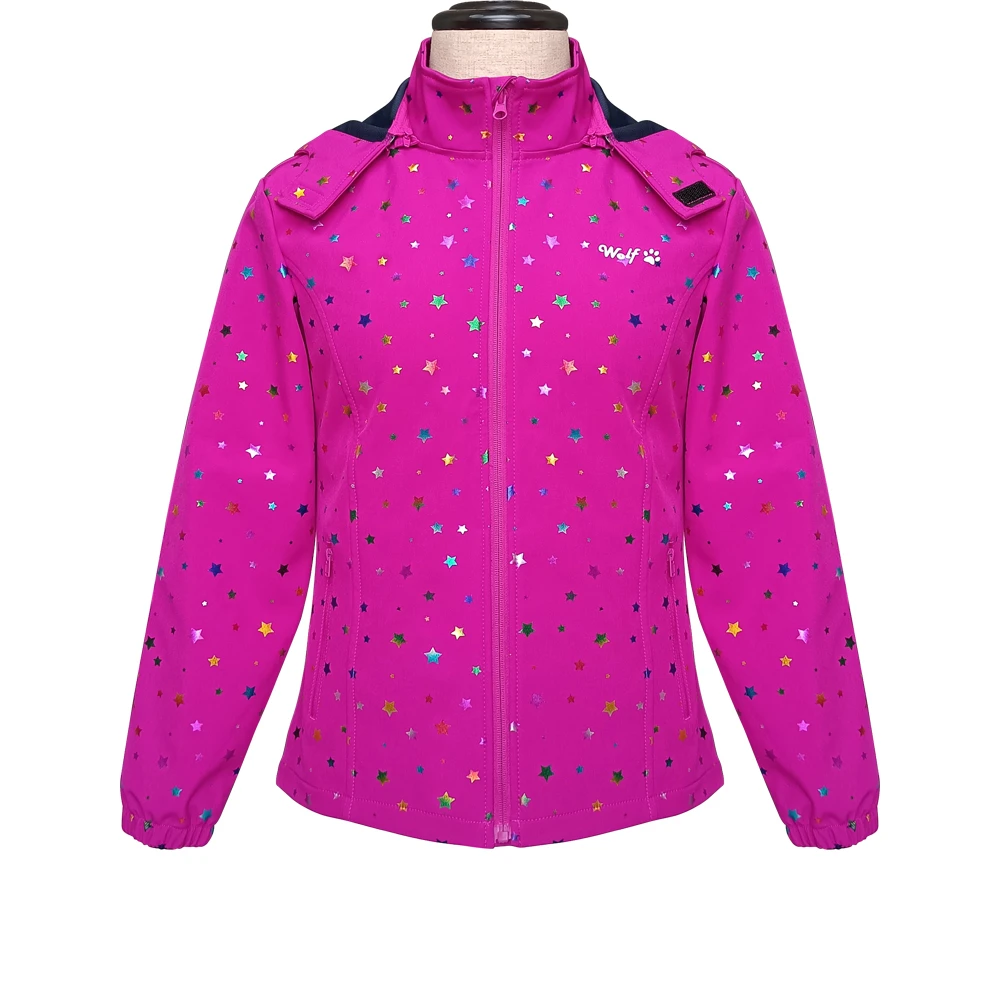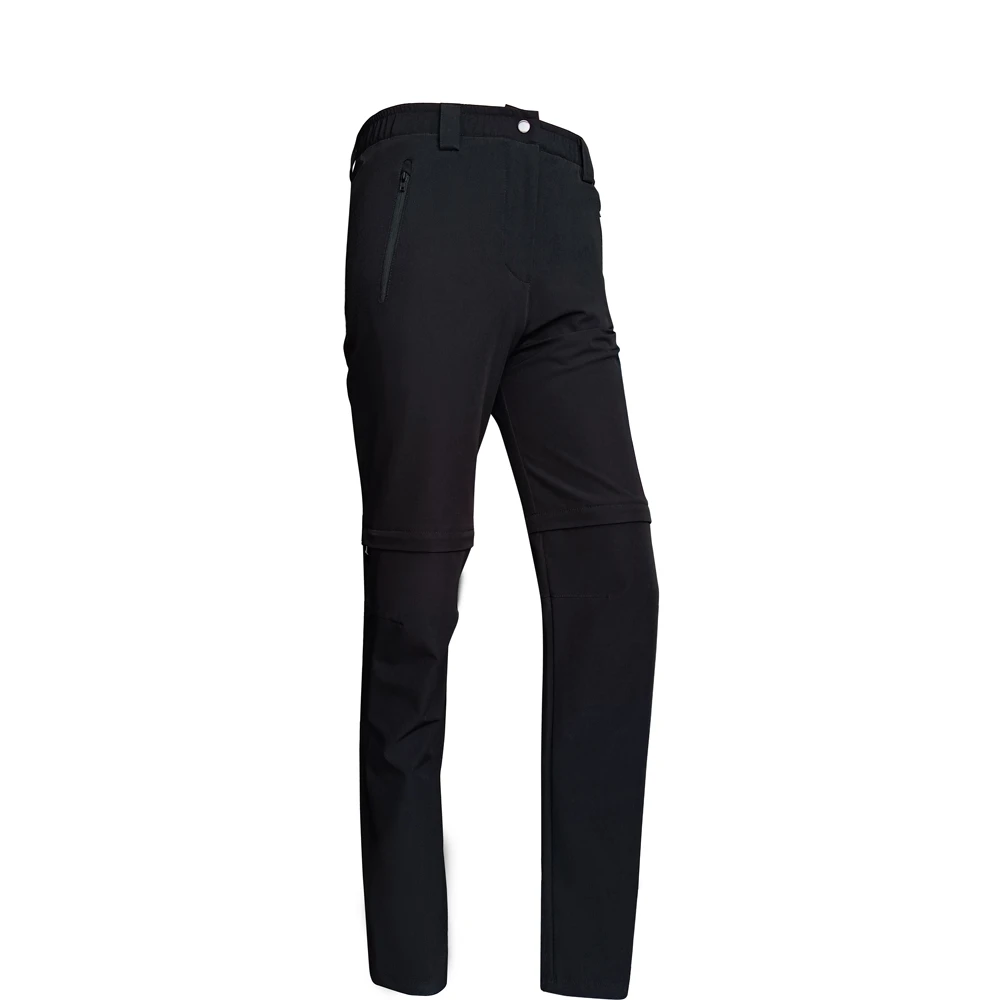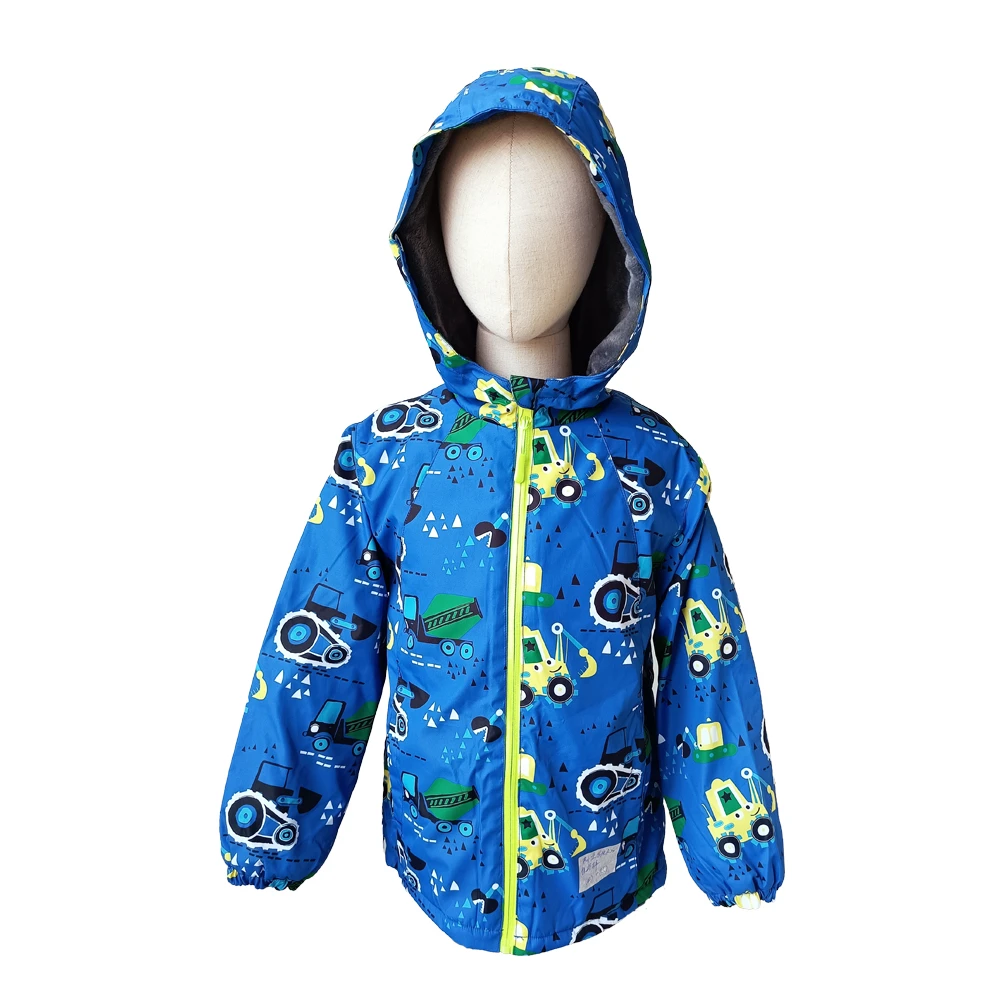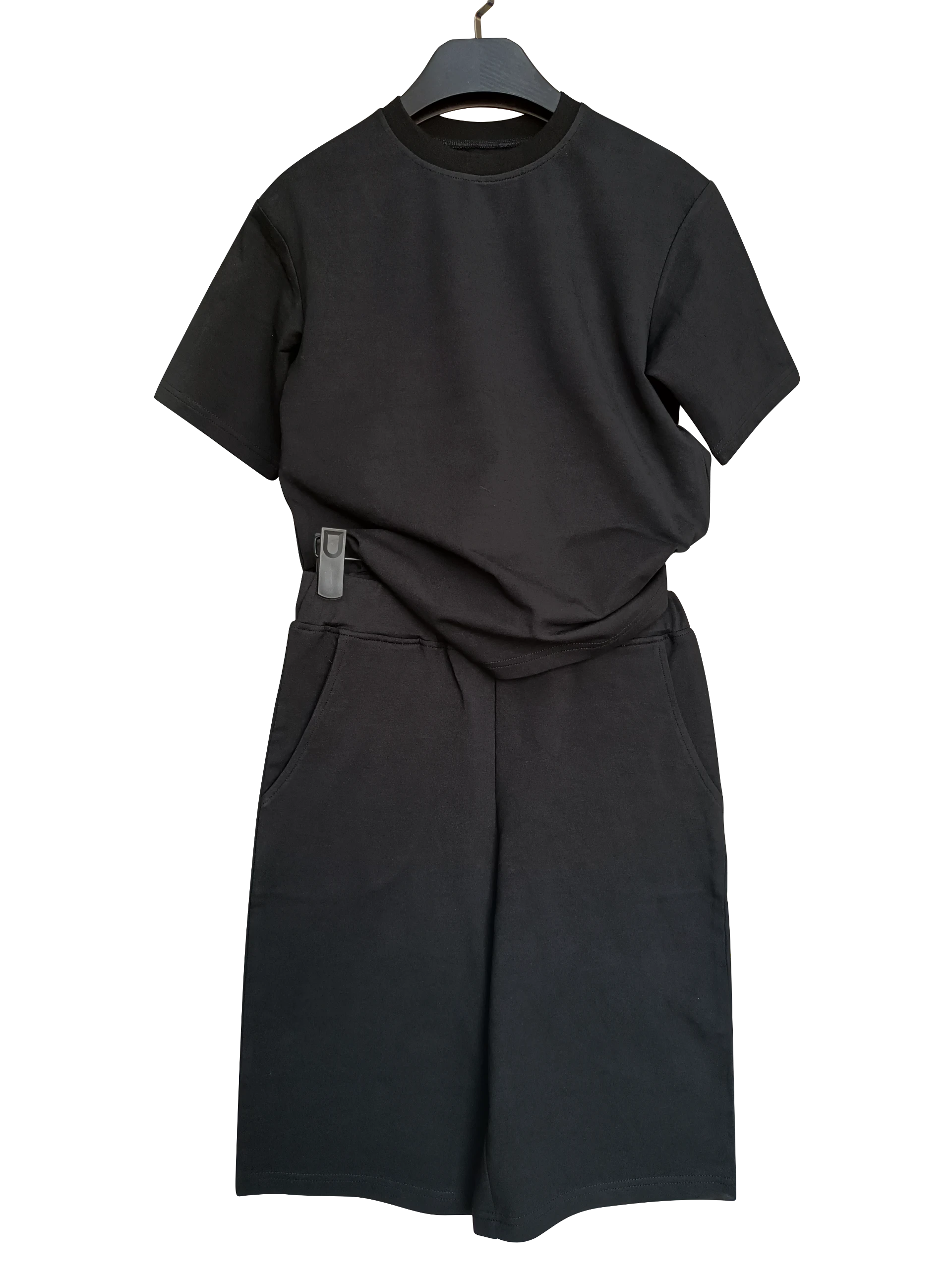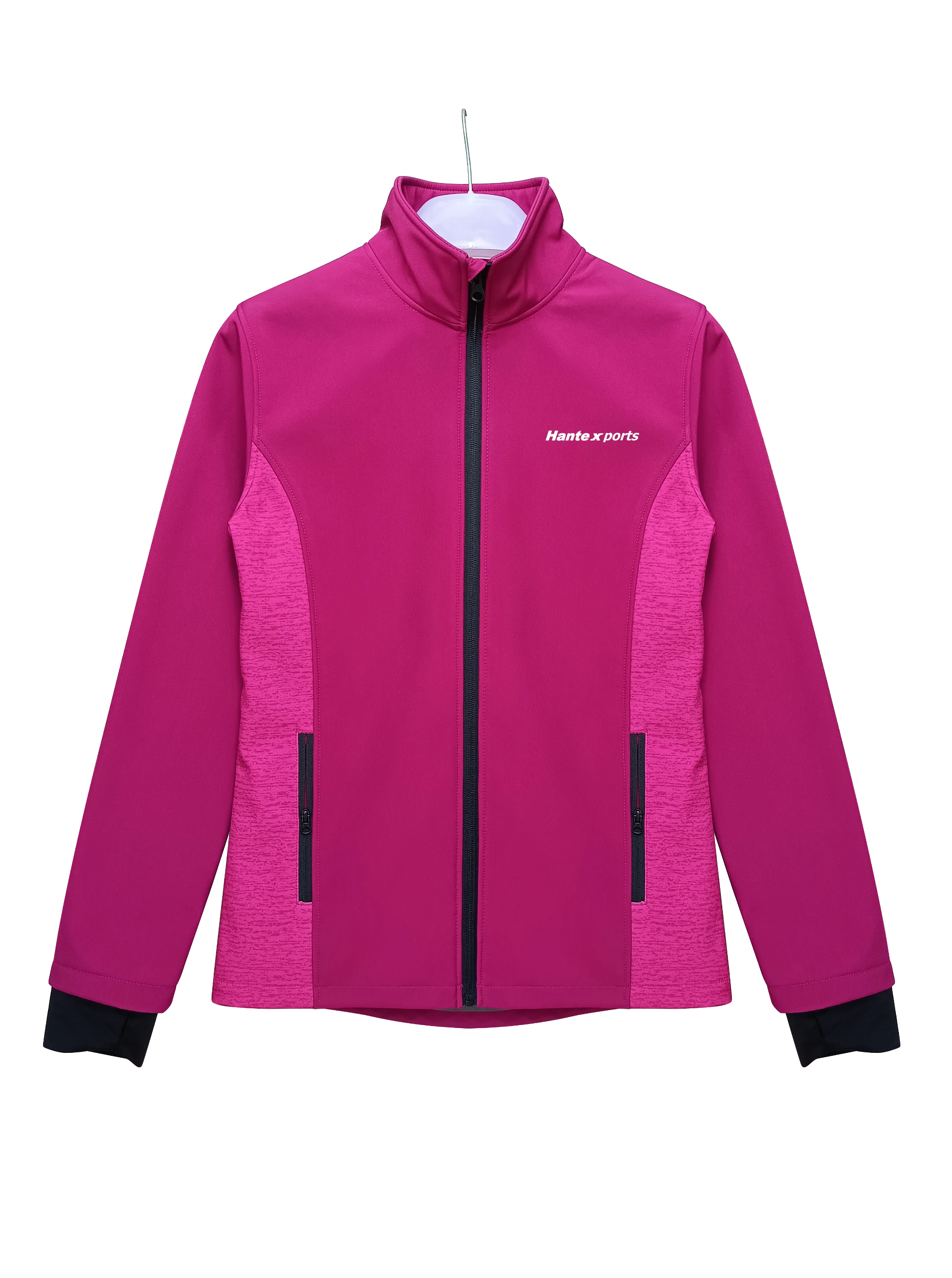The Essential Guide to Boys Spring Jackets Waterproof: Innovation, Performance, and Durability
As seasons transition, the unpredictable nature of spring weather often presents a challenge, especially for active children. Rain showers, sudden temperature drops, and windy conditions necessitate reliable outer attire. This is where the Boys Spring Jackets Waterproof category emerges as a critical solution, blending advanced textile technology with practical design. These jackets are not merely a layer of clothing; they are a shield, engineered to keep young adventurers dry, comfortable, and protected, allowing them to fully embrace outdoor play and exploration without hindrance. The demand for high-performance children's outerwear has surged, driven by a greater appreciation for outdoor activities and the need for durable, multi-functional garments that stand up to the rigors of childhood.
Industry Trends Shaping Waterproof Outerwear for Boys
The market for children's waterproof jackets is dynamic, continuously evolving with technological advancements and shifting consumer preferences. Several key trends are defining the future of Boys Spring Jackets Waterproof:
- Sustainability and Eco-Consciousness: There's a growing emphasis on environmentally friendly materials and production processes. This includes the use of recycled polyester, organic cotton blends with waterproof coatings, and PFC-free (perfluorinated chemicals) durable water repellent (DWR) finishes. Brands are increasingly transparent about their supply chains and environmental impact, appealing to eco-aware parents.
- Enhanced Performance and Versatility: Modern jackets are designed to be multi-functional, offering not just waterproofing but also breathability, wind resistance, and often insulation for varied spring conditions. The integration of advanced membrane technologies (e.g., PU membranes, ePTFE alternatives) ensures optimal performance across different activity levels.
- Smart Textiles and Wearable Technology: While still nascent in children's wear, there's exploration into integrating smart elements like temperature-regulating fabrics or embedded sensors for safety (e.g., GPS trackers in adventure gear).
- Design and Aesthetics: Beyond functionality, contemporary designs feature vibrant colors, reflective elements for safety, and ergonomic cuts that allow for maximum freedom of movement, appealing to both children and parents. The athleisure trend also influences children's outerwear, blurring lines between activewear and casual wear.
- Durability and Longevity: Parents seek jackets that can withstand rough play and multiple washes, ensuring a longer product lifespan. Reinforced stress points, high-quality zippers, and robust seam construction are key features.
Understanding the Technical Parameters of Boys Spring Jackets Waterproof
The performance of a Boys Spring Jackets Waterproof hinges on a combination of material science and sophisticated manufacturing techniques. Key technical parameters define their effectiveness:
- Waterproof Rating (Hydrostatic Head): Measured in millimeters (mm H2O), this indicates the height of a column of water the fabric can withstand before water penetrates. For spring jackets, a rating of 5,000mm to 10,000mm is generally considered suitable for light to moderate rain, while 15,000mm to 20,000mm offers excellent protection for heavy downpours and prolonged exposure. For instance, an ISO 811 test method is commonly used to determine this rating.
- Breathability Rating (MVTR - Moisture Vapor Transmission Rate): Measured in grams per square meter per 24 hours (g/m²/24h), this indicates how much moisture vapor (sweat) can escape through the fabric. Higher numbers signify better breathability, preventing the wearer from feeling clammy. A good range for active spring wear is 5,000 g/m²/24h to 15,000 g/m²/24h. ASTM E96 is a common standard for this measurement.
- Durable Water Repellent (DWR) Finish: This is a chemical coating applied to the fabric's outer surface, causing water to bead up and roll off. While not making the fabric waterproof on its own, it prevents the outer layer from becoming saturated, maintaining breathability and comfort. Modern DWRs are increasingly PFC-free, addressing environmental concerns.
- Seam Sealing: Even the most waterproof fabric can leak through needle holes in the seams. Therefore, critical seams (e.g., hood, shoulders) or all seams are typically taped or sealed with a waterproof tape, preventing water ingress at these vulnerable points.
- Fabric Construction: This often involves a multi-layer system. A 2-layer fabric features an outer face fabric bonded to a waterproof/breathable membrane, with a separate lining. A 2.5-layer fabric adds a protective print or coating instead of a separate lining, making it lighter and more packable. A 3-layer fabric fully laminates the outer fabric, membrane, and inner lining into one unit, offering maximum durability and performance.
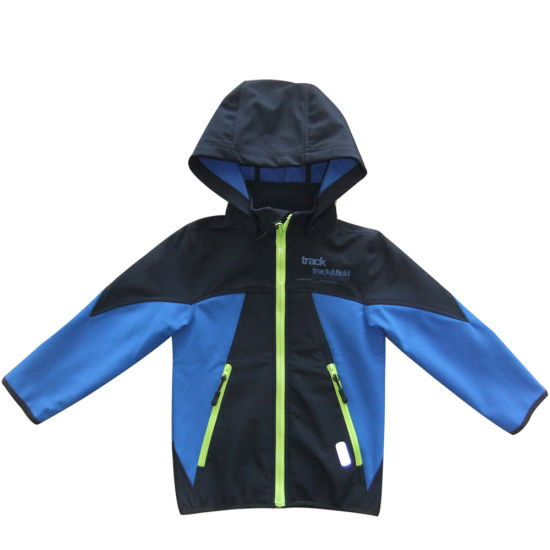
Application Scenarios of Boys Spring Jackets Waterproof
The versatility of Boys Spring Jackets Waterproof makes them indispensable for a wide array of activities:
- Everyday School and Commuting: Provides reliable protection against unexpected rain during the walk to school or waiting for the bus, keeping uniforms and backpacks dry.
- Outdoor Play and Sports: Essential for playground adventures, cycling, hiking, or participating in outdoor sports like soccer or baseball practice, ensuring children remain comfortable even in light rain.
- Camping and Hiking: A crucial layer for outdoor excursions, protecting against changing weather conditions in trails and campsites.
- Travel: Lightweight and packable designs make them ideal for family trips, offering adaptable protection without adding significant bulk to luggage.
- Urban Exploration: For city dwellers, these jackets offer practical protection for navigating urban environments, whether visiting parks, museums, or just running errands.
Technical Advantages and Performance Highlights
Beyond basic protection, modern Boys Spring Jackets Waterproof offer significant advantages:
- Superior Comfort and Dryness: The combination of high waterproof ratings and excellent breathability ensures that children stay dry from both external rain and internal perspiration. This prevents discomfort, chafing, and potential chilling from wet clothing.
- Enhanced Durability: Constructed with robust fabrics like ripstop nylon or polyester and featuring reinforced stitching, these jackets are built to withstand the rigorous demands of active play, resisting tears and abrasions. This contributes to a longer lifespan compared to generic raincoats.
- Safety Features: Many jackets incorporate reflective piping or logos, enhancing visibility in low-light conditions, which is crucial for children commuting or playing outdoors during dusk.
- Lightweight and Packable Design: Spring jackets are typically designed to be lightweight and easily compressible, allowing them to be stowed in a backpack when not needed, making them convenient for unpredictable weather.
- Freedom of Movement: Ergonomic designs, articulated elbows, and stretchy elements (in some models) ensure that the jacket doesn't restrict a child's natural movements, allowing for uninhibited play.
- Versatile Layering: These jackets are often designed to accommodate layering underneath, allowing parents to adjust their child's warmth level according to temperature fluctuations, from a light t-shirt to a fleece mid-layer.
Manufacturing Process of Boys Spring Jackets Waterproof
The creation of a high-performance Boys Spring Jackets Waterproof is a meticulous process, combining precision engineering with specialized textile techniques. It's far more complex than simple cutting and sewing. Below is a detailed breakdown of the key manufacturing stages:
Manufacturing Process Flow:
- Design and Pattern Making:
- Phase: Initial concept, digital design, and precise pattern creation.
- Description: Designers create functional and appealing jacket styles, considering ergonomics, layering, and weather protection. Digital patterns are then drafted using CAD (Computer-Aided Design) software, ensuring precise measurements and fit for various sizes. This stage also includes planning for pocket placement, zipper paths, hood construction, and seam lines.
- Key Node: CAD pattern generation, crucial for minimizing fabric waste and ensuring consistent sizing.
- Fabric Sourcing and Inspection:
- Phase: Material selection and quality assurance.
- Description: High-performance fabrics (e.g., polyester or nylon with PU or ePTFE membranes) are carefully sourced from certified mills, often meeting standards like OEKO-TEX Standard 100 for harmful substances or Bluesign for sustainable production. Upon arrival, fabrics undergo rigorous inspection for defects (weaves, dyes, coatings, laminations), color consistency, and adherence to specified technical parameters (e.g., waterproof rating, breathability, tear strength).
- Key Node: Fabric quality control and adherence to standards like ISO 9001 for material suppliers.
- Automated Fabric Cutting:
- Phase: Precision cutting of fabric components.
- Description: Large rolls of fabric are laid out on cutting tables, often multi-layered. CNC (Computer Numerical Control) cutting machines, guided by the digital patterns, precisely cut out each jacket component (front, back, sleeves, hood, pockets, etc.). This ensures accuracy, speed, and minimal material waste.
- Key Node: CAD/CAM (Computer-Aided Manufacturing) integration for precise and efficient cutting.
- Sewing and Assembly:
- Phase: Constructing the jacket shell.
- Description: Skilled operators assemble the cut fabric pieces using specialized industrial sewing machines. Key techniques include flat-felled seams for durability in high-stress areas, and precise stitching for zippers, pockets, and cuffs. The sequence of assembly is critical to ensure proper fit and to prepare for seam sealing.
- Key Node: High-precision stitching and assembly, requiring skilled labor and specialized machinery.
- Seam Taping/Sealing:
- Phase: Ensuring waterproof integrity at seams.
- Description: This is a critical step for waterproofing. After sewing, the stitched seams, which create tiny needle holes, are covered with a heat-activated waterproof tape using specialized seam-sealing machines. The tape is applied under precise temperature and pressure, effectively blocking water penetration through the stitch lines. For truly waterproof jackets, all seams are taped (fully seam-sealed).
- Key Node: Heat-sealing technology, ensuring the integrity of the waterproof barrier. This step is what truly makes a jacket waterproof, not just water-resistant.
- Durable Water Repellent (DWR) Application:
- Phase: Enhancing water repellency of the outer fabric.
- Description: The assembled jacket undergoes a DWR treatment. This is typically a spray or dip application of a chemical finish (increasingly PFC-free) that reduces the surface tension of the fabric, causing water to bead up and roll off. This prevents the outer fabric from "wetting out," maintaining breathability and comfort.
- Key Node: DWR coating, crucial for initial water repellency and maintaining fabric breathability.
- Quality Control and Inspection:
- Phase: Final product validation.
- Description: Each finished jacket undergoes a comprehensive quality check. This includes visual inspection for defects (stitching errors, fabric flaws, DWR consistency), functional checks of zippers and fasteners, and performance tests like the spray test (AATCC 22) to confirm water repellency and hydrostatic head testing (ISO 811) on fabric samples to verify waterproofness. Compliance with safety standards (e.g., for drawstrings in children's wear) is also verified.
- Key Node: Multi-point inspection, including performance testing against industry standards like ASTM, ISO, and AATCC.
- Finishing and Packaging:
- Phase: Final touches and preparation for shipment.
- Description: Jackets are pressed, tagged, and folded, then packaged in protective polybags. Sustainable packaging solutions are often preferred.

Throughout this process, stringent adherence to standards like ISO 9001 for quality management is crucial. The typical lifespan of a well-maintained Boys Spring Jackets Waterproof, given its robust construction and material quality, can range from 3 to 5 years, or even longer, depending on the child's growth and frequency of use. Unlike industrial applications such as petrochemical or metallurgy, where equipment faces extreme corrosion or high-pressure environments, the challenges for these jackets lie in resisting abrasion from active play, maintaining waterproof integrity through repeated washes, and enduring various weather conditions while providing comfort.
Industry Certifications and Authoritativeness
When selecting a manufacturer for Boys Spring Jackets Waterproof, certifications and industry recognition are paramount indicators of quality, ethical production, and environmental responsibility. Our commitment to excellence is underscored by:
- ISO 9001 Certification: Demonstrates a robust quality management system, ensuring consistent product quality and customer satisfaction. This internationally recognized standard assures that our processes are well-defined and rigorously followed from design to delivery.
- OEKO-TEX Standard 100: Guarantees that the fabrics and components used in our jackets are tested for harmful substances and are therefore safe for children's skin. This certification is particularly vital for children's clothing.
- Bluesign® System Partner: An assurance of sustainable textile production, minimizing environmental impact throughout the supply chain by optimizing resource usage, ensuring consumer safety, and reducing air and water emissions.
- Strategic Partnerships: Collaborations with leading fabric suppliers and DWR technology providers (e.g., Gore-Tex, Pertex, or specialized PFC-free DWR solution providers) demonstrate our commitment to utilizing the best available materials and technologies. Our service experience spans over a decade in manufacturing high-performance outerwear.
- Adherence to ASTM & AATCC Standards: We rigorously test our jackets against American Society for Testing and Materials (ASTM) and American Association of Textile Chemists and Colorists (AATCC) standards for waterproofness, breathability, and durability, ensuring our products meet or exceed industry benchmarks. For example, AATCC 22 (Water Repellency: Spray Test) and AATCC 127 (Water Resistance: Hydrostatic Pressure Test) are routinely performed.
Manufacturer Comparison and Competitive Advantages
The market for Boys Spring Jackets Waterproof is competitive, with numerous brands offering various features and price points. Here's how our approach provides a distinct advantage:
| Feature/Aspect | Our Company (Softshell-Clothing) | Competitor A (Mass Market) | Competitor B (Premium Niche) |
|---|---|---|---|
| Target Market | High-performance, durable, value-focused | Budget-friendly, basic functionality | Luxury, extreme conditions, brand-focused |
| Waterproof Rating (Hydrostatic Head) | 10,000mm - 20,000mm (ISO 811 Compliant) | 3,000mm - 5,000mm (Basic protection) | 20,000mm+ (Often specific brand tech) |
| Breathability (MVTR) | 8,000 g/m²/24h - 15,000 g/m²/24h (ASTM E96) | Low to moderate (approx. 3,000 g/m²/24h) | 15,000 g/m²/24h+ (Advanced membranes) |
| Seam Sealing | Fully Taped Seams (100% waterproof integrity) | Critically Taped or Untaped | Fully Taped Seams (Precision sealing) |
| DWR Treatment | PFC-Free DWR (Eco-friendly, AATCC 22 compliant) | Often C6/C8 PFCs or basic coatings | PFC-Free DWR, advanced formulations |
| Material Sourcing | OEKO-TEX & Bluesign certified mills | Standard supply chain, less certification | High-end, certified, often proprietary fabrics |
| Durability Features | Reinforced stress points, ripstop fabrics, YKK zippers | Basic construction, standard zippers | Ultra-durable, premium components, extended warranty |
| Price Point (Relative) | Mid-to-High (Excellent Value for Performance) | Low | High |
Our competitive advantage lies in delivering premium performance and sustainability features at a competitive price point, ensuring that quality Boys Spring Jackets Waterproof are accessible without compromise. We focus on providing genuine value through superior materials, meticulous craftsmanship, and adherence to global standards.

Customization Solutions for Your Brand
Recognizing the diverse needs of different brands and markets, we offer comprehensive customization options for Boys Spring Jackets Waterproof. Our aim is to bring your unique vision to life while maintaining our high standards of quality and performance. Our customization services include:
- Design and Style Modifications:
- Pattern Adjustment: Tailoring fit for specific regional body types or activity preferences (e.g., more athletic fit, relaxed fit).
- Feature Integration: Adding or modifying elements like adjustable hoods, zippered pockets, elasticized cuffs, storm flaps, powder skirts (for extreme versions), or specific ventilation options.
- Color and Print Options: A vast palette of colors and the ability to incorporate custom prints, patterns, or sublimation designs to align with your brand's aesthetic.
- Material Selection:
- Fabric Choices: Selecting from a range of outer fabrics (e.g., different deniers of polyester or nylon, recycled fabrics) and membrane technologies (e.g., PU, ePTFE alternatives) to achieve desired waterproof/breathability ratings and hand feel.
- Lining Materials: Options for mesh linings for enhanced breathability, soft fleece linings for added warmth, or smooth taffeta for easy layering.
- DWR Treatment: Choice of various DWR formulations, including advanced PFC-free options, based on performance and environmental goals.
- Branding and Trims:
- Logo Placement: Custom embroidery, screen printing, heat transfer, or woven labels for your brand's logo.
- Hardware Customization: Branded zippers (e.g., YKK with custom pullers), snaps, and cord locks.
- Reflective Elements: Integrating custom reflective designs for enhanced safety and brand visibility.
- Packaging and Labeling:
- Custom Packaging: Designing eco-friendly or branded packaging solutions.
- Care Labels and Hangtags: Incorporating specific care instructions, material composition, and brand messaging.
Our experienced design and production teams work closely with clients from concept to completion, ensuring every detail meets their specifications and market demands. We leverage our expertise in textile engineering to provide innovative solutions that truly differentiate your product line.
Application Cases and Customer Success Stories
Our Boys Spring Jackets Waterproof have been successfully adopted by various clients globally, showcasing their real-world performance and our manufacturing capabilities:
- Case Study 1: Outdoor Education Program – Northeast USA
Challenge: A prominent outdoor education non-profit needed durable, highly waterproof, and breathable jackets for children aged 6-14 participating in year-round nature programs, often in unpredictable spring weather. Previous jackets failed to provide adequate protection or stand up to daily use.
Solution: We provided custom-designed Boys Spring Jackets Waterproof with a 15,000mm waterproof rating and a 12,000 g/m²/24h breathability, featuring fully taped seams and a reinforced ripstop outer fabric. The jackets were equipped with adjustable hoods and cuffs for optimal fit, and reflective elements for safety during dusk activities. Our PFC-free DWR was a key selling point for their environmentally conscious mission.
Result: Feedback from program leaders and parents indicated significantly improved comfort and dryness for the children. The jackets withstood extensive use over two spring seasons, demonstrating exceptional durability. The organization reported a 30% reduction in jacket replacement needs compared to previous suppliers, leading to cost savings and higher participant satisfaction. "Our kids are out there rain or shine, and these jackets truly make a difference. No more soggy complaints!" – Program Director.
- Case Study 2: European School Uniform Supplier – UK
Challenge: A large school uniform supplier sought a high-quality, weather-protective jacket for their spring uniform collection that was both functional for playground use and stylish enough for daily wear, meeting strict European safety standards for children's apparel.
Solution: We collaborated to develop a line of Boys Spring Jackets Waterproof that integrated seamlessly with their uniform aesthetic. We used a 2.5-layer fabric for lightweight packability, offering 8,000mm waterproofing and 5,000 g/m²/24h breathability, suitable for moderate urban rain. Custom branding, including embroidered school logos and specific color schemes, was incorporated. All jackets adhered to EN 14682 (safety of children's clothing - cords and drawstrings) and OEKO-TEX Standard 100.
Result: The jackets were a resounding success, praised by schools and parents for their durability, comfort, and smart appearance. Sales exceeded expectations, and the supplier noted improved brand reputation due to the perceived quality and performance. "We needed reliability and safety, and Softshell-Clothing delivered a product that truly elevated our school uniform offering." – Procurement Manager.
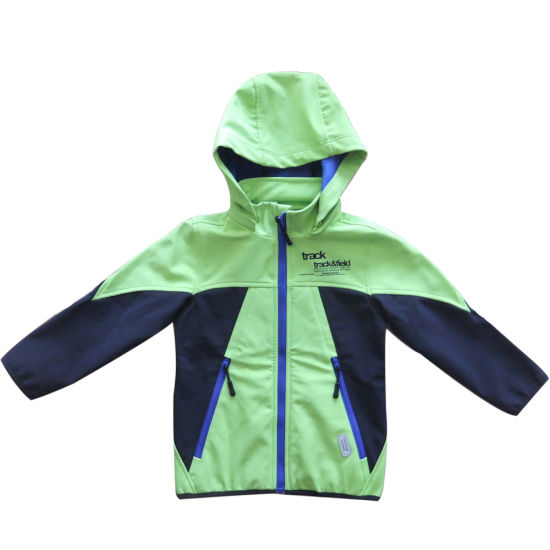
Frequently Asked Questions (FAQ) about Boys Spring Jackets Waterproof
Here are answers to common questions about Boys Spring Jackets Waterproof, delving into technical aspects and practical considerations:
- What does "waterproof" truly mean for a jacket, and how is it measured?
"Waterproof" means the fabric and seams prevent water penetration under pressure. It's measured using the Hydrostatic Head test (e.g., ISO 811), expressed in millimeters (mm H2O). This test determines the height of a water column the fabric can withstand before water seeps through. For a jacket to be truly waterproof, it typically needs a rating of 5,000mm or higher, and all seams must be sealed or taped. - How do waterproof jackets also manage to be "breathable"?
Breathability is achieved through specialized membranes (like PU or ePTFE-based layers) embedded within the fabric. These membranes have microscopic pores that are too small for liquid water molecules to pass through but large enough for water vapor (sweat) to escape. This allows perspiration to evaporate, preventing internal clamminess. Breathability is measured by Moisture Vapor Transmission Rate (MVTR), in g/m²/24h (grams of water vapor per square meter per 24 hours), with higher numbers indicating better breathability. - What is DWR, and why is it important for Boys Spring Jackets Waterproof?
DWR stands for Durable Water Repellent. It's a chemical coating applied to the outer face fabric of a jacket. Its primary function is to make water bead up and roll off the surface, preventing the fabric from "wetting out." While DWR doesn't make the jacket waterproof on its own (the membrane and seam sealing do that), it's crucial for maintaining the jacket's breathability and comfort by preventing the outer layer from becoming saturated and heavy. Modern DWRs are increasingly PFC-free due to environmental concerns. - What is "seam sealing," and why is it critical for a truly waterproof jacket?
When a jacket is sewn, the needles create tiny holes in the fabric, compromising the waterproof barrier. Seam sealing (or seam taping) involves applying a waterproof tape over these stitched seams on the inside of the jacket, using heat and pressure. For a jacket to be considered truly waterproof, all critical seams (or often all seams) must be fully taped to prevent water from entering through these needle perforations. - What are the differences between 2-layer, 2.5-layer, and 3-layer waterproof fabrics?
- 2-layer: An outer face fabric bonded to a waterproof/breathable membrane, with a separate inner mesh or fabric lining. Good for versatility and often softer.
- 2.5-layer: An outer face fabric, a membrane, and then a protective print or thin coating on the inside (instead of a full lining). This makes the jacket lighter and more packable, but the inner surface can feel slightly clammy without a base layer.
- 3-layer: The outer face fabric, membrane, and inner lining are all laminated together into one single fabric. This construction is the most durable, offers the highest performance, and feels comfortable against the skin, but jackets are generally less flexible and more expensive.
- How should I care for a Boys Spring Jackets Waterproof to maintain its performance?
Follow the manufacturer's care label strictly. Generally, wash with a technical cleaner (e.g., Nikwax Tech Wash or Grangers Performance Wash) designed for waterproof fabrics, avoiding conventional detergents, fabric softeners, and bleach, which can degrade DWR and clog membranes. Tumble dry on low heat or air dry; some DWRs are reactivated by gentle heat. Reapply DWR treatment periodically if water stops beading. - What industry standards should I look for to ensure quality and safety in a boys' waterproof jacket?
Look for certifications such as OEKO-TEX Standard 100 (ensuring no harmful substances), Bluesign® (for sustainable textile production), and compliance with ISO 9001 (quality management). For performance, certifications or testing against ASTM (e.g., ASTM E96 for breathability) and AATCC (e.g., AATCC 22 for water repellency, AATCC 127 for hydrostatic pressure) standards indicate rigorous performance validation. Ensure there are no drawstrings in the hood or neck area for children's clothing in compliance with safety standards like EN 14682.
Delivery and Warranty Information
We understand the importance of timely delivery and reliable after-sales support. Our typical lead time for custom orders of Boys Spring Jackets Waterproof ranges from 30 to 60 days, depending on order volume, customization complexity, and material availability. For rush orders, expedited production options may be available upon request. We utilize established logistics partners to ensure efficient and secure global shipping.
All our Boys Spring Jackets Waterproof are backed by a comprehensive 1-year limited warranty against manufacturing defects in materials and workmanship from the date of purchase. This warranty covers issues such as faulty seams, zipper malfunctions, or fabric delamination under normal use. Our commitment to quality extends to providing prompt customer support for any inquiries or concerns regarding our products.
Our dedicated customer service team is available via email and phone to assist with product inquiries, order tracking, and warranty claims, ensuring a smooth and satisfactory experience for our clients. We value long-term partnerships built on trust and consistent quality.
Conclusion: Investing in Quality and Performance
The Boys Spring Jackets Waterproof is a critical garment for protecting children in variable spring conditions, blending sophisticated textile engineering with practical design. Our commitment to quality, performance, and sustainability ensures that our jackets not only meet but exceed industry standards. By focusing on advanced materials, meticulous manufacturing processes, adherence to global certifications like OEKO-TEX and Bluesign, and offering comprehensive customization options, we provide superior value to our clients. Choosing our jackets means investing in a durable, comfortable, and reliable product that stands the test of time and active use, while also supporting environmentally responsible practices. The insights from industry reports, such as those by Grand View Research on the Children's Apparel Market, highlight the increasing consumer demand for functional and sustainable children's wear, reinforcing the strategic importance of high-quality waterproof jackets. Furthermore, academic research on performance textiles, often found in journals like Textile Research Journal, continually informs our material selection and process optimization, ensuring we remain at the forefront of innovation in protective outerwear.
